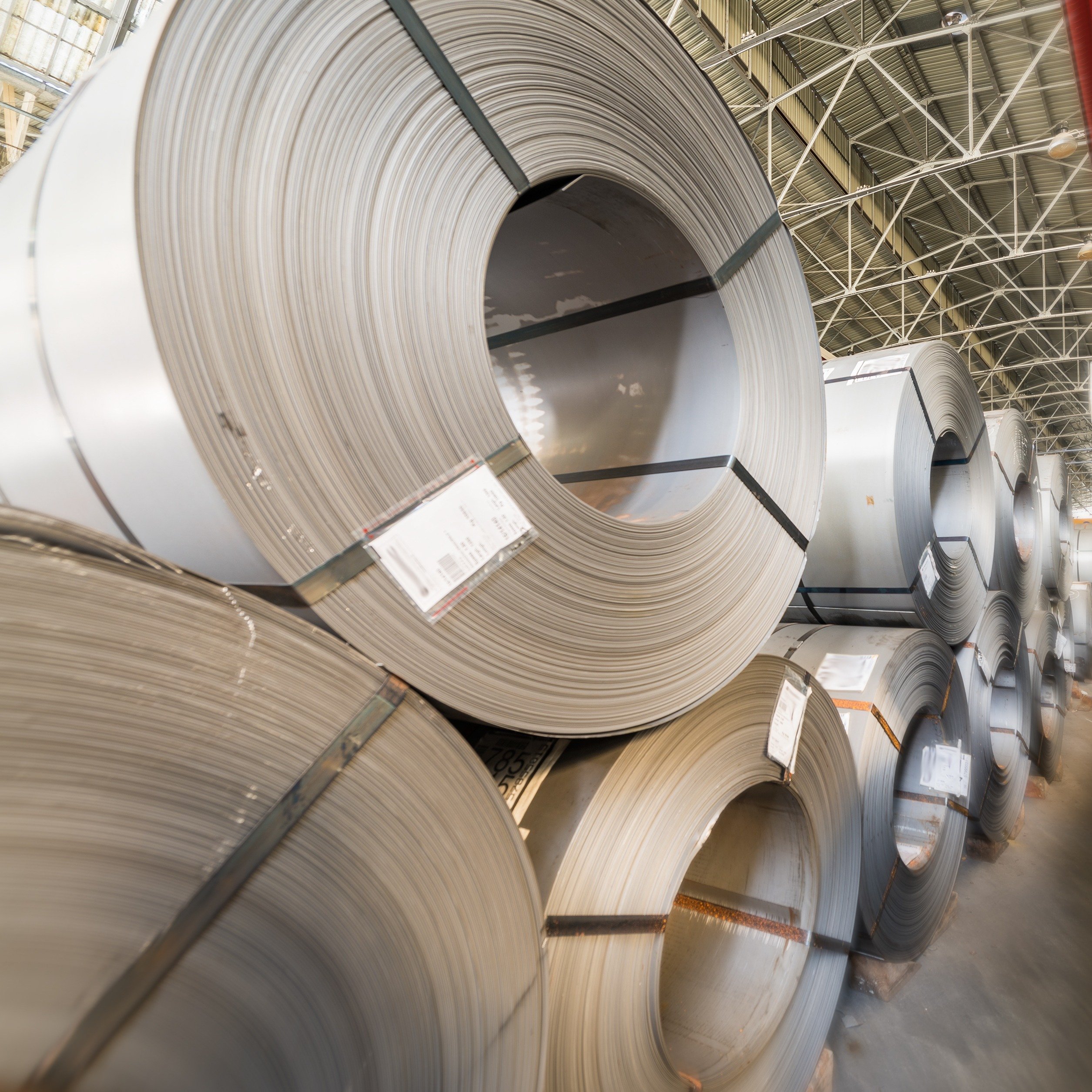US tariffs on European goods are set to be next in line for new US trade tariffs following a comment from President Trump on 3 February that tariffs on the EU will happen ‘pretty soon’. This is a fast-moving situation and, if announced, a similar process will likely be followed as seen for Canada and Mexico – an initial announcement, negotiation or retaliation, tariffs being paused or delayed and, finally, a negotiated settlement. What any final settlement will be is highly uncertain, but the battleground is being prepared – the EU is reportedly ready to retaliate with targeted tariffs of its own on US goods.
A new battleground: Metal-containing goods
A key difference compared to Section 232 is that the focus will likely be expanded from just steel and aluminium to encompass all EU goods exports to the USA. The USA’s largest global goods trade deficit areas by value are electrical and mechanical machinery and vehicles. The problem for the EU is that these are its two biggest goods exports to the USA.
Here we are talking about a significant area of EU metal demand, which is ultimately based upon exports of more than €200bn/y of the finished good.
German manufacturers’ reliance on the USA has increased
Germany would be affected most by US tariffs on EU goods. The EU member state with the biggest problem is Germany. Almost half of the EU’s total exports of the two goods categories of electrical and mechanical machinery and vehicles are from Germany. The USA is Germany’s single largest goods export market, taking about 10% of the total by value. German manufacturers will struggle to find substitute markets on the same scale. One area the negotiations will probably focus on is the increase in exports since 2021. This could in part be due to goods inflation but growth in exports was necessary for German manufacturers facing weak domestic demand.
Full tariffs look unworkable for both sides
EU steel exports to the USA did fall following the implementation of Section 232. However, a core flow of typically higher-value products has continued. If there is no domestic substitute then there has been little option for US buyers to avoid importing and some US manufacturers successfully lobbied for exemptions.
This pattern could also happen with vehicles and machines, at least in the short term. US OEMs may not immediately begin to manufacture substitutes for a Porsche or Ferrari. But repatriation of vehicle supply chains to the USA is a clear aim of current policy. Supply chains are complex and for some parts, change will be in the order of years, not weeks. For some manufacturers, an increase in costs of this magnitude will be challenging but high-end luxury goods will be affected less.
If tariffs are announced, there will be strong incentive for both sides to find a negotiated solution. The timing and nature of this is highly uncertain. The Section 232 solution for steel and aluminium was a move to managed trade flows that allowed specified volume limits by origin country to be imported free of US tariffs. This solution is complex to administer so it is possible all tariffs will be in play as part of a deal.
CRU will monitor events in the tariff space closely and will modify its forecasts for industrial production and other key drivers of metal demand as events develop.

















